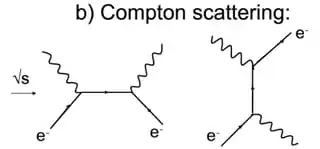Within mathematics, a lot of entities with one or more size equal to zero exist and are fluently manipulated. For example, within $\mathbb R^4$, the entity defined as $z=0, t=2$ is a plan, the one defined as $x=ct, y=0, z=0$ is a line, and the one defined as $x=0, y=0, z=0, t=0$ is a point.
Do this mathematical entities have a real counterpart?
For example does there exist any physical entity which one spatial dimension would equal 0? By 0 I mean here a real zero (not $0 \in \mathbb R$, and not $0±10^{-15}$) which might be unreachable to us due to the Heisenberg's uncertainty principle, but nonetheless physical and even provable due to its consequences. For example 2 such objects with let's say $\delta x = 0$, could occupy the same spatial position $x=x_0$ at the exact same time $t=t_0$.
As a typical example, the electron is said to be a "point like" entity. This expression seems to have been carefully chosen to avoid as a bad word the expression of a "null size" entity.
My naive point of view is that null size "can't exist" because it leads to:
- infinite physical densities,
- impossibility to disambiguate 2 such null entities (2 particles of null size, with all other physical characteristics identical, can occupy the same position at the same time, and nothing can help to name one out of the 2),
- infinite number of such entities in the exact same position.
Is the existence of such entities proven within the field of elementary particles or electromagnetic waves?
